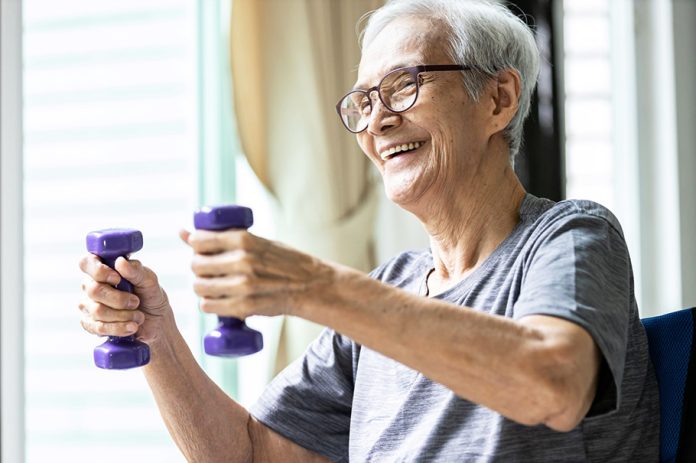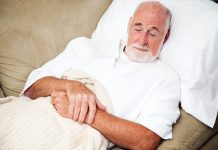As you age, you may worry about health conditions such as heart disease or cancer. But there’s one that should be front and center on your radar: osteoporosis, a disease that weakens your bones.
Half of all women and a quarter of all men over the age of 50 will break a bone at some point due to osteoporosis. Yet there’s a lot you can do to protect your bones, even later in life, says Andrea Singer, MD, clinical director of the National Osteoporosis Foundation.
“As you age, you begin to lose more bone than you form, which raises the risk of osteoporosis,” she says. “But you can slow down that rate of bone loss if you take certain preventative steps.”
This is particularly important for women, as they can lose up to 20% of their bone density in the first 5 to 7 years after menopause.
These steps can help you keep your bones strong and healthy.
Eat the Right Foods
An anti-inflammatory diet, one that’s rich in vegetables, fruits, fish, nuts, and whole grains, slows down bone loss in post-menopausal women.
“This type of eating pattern is high in protein, calcium, and micronutrients such as vitamin K and magnesium, all of which are key to maintain bone health,” Singer says.
Women over the age of 50 and men over the age of 70 need 1,200 milligrams of calcium a day (men younger than that should still get at least 1,000 milligrams). The best way to get it is through food.
An 8-ounce cup of skim milk has 300 milligrams, a 6-ounce cup of low-fat plain yogurt has 310 milligrams, 3 ounces of canned salmon with bones has 180 milligrams, and 8 ounces of fortified orange juice has 300 milligrams.
Add fruits and veggies that are high in potassium, like bananas, sweet potatoes, and spinach, and foods high in magnesium such as nuts, seeds, dried beans, and whole grains. Research suggests that both nutrients are associated with better bone density.
And don’t forget the protein. “Many older adults don’t get enough, but we know it’s important to help bone repair and remodel itself,” says Robert Adler, MD, chief of endocrinology and metabolism at McGuire Veterans Affairs Medical Center.
A Korean study of almost 7,000 adults found that those who got around 20% of their total daily calories from protein were at the lowest risk to develop osteoporosis. Experts recommend about 54 grams of protein a day for a 150-pound adult.
Muscle Up
Exercise is key to maintaining bone density. Like your muscles, your bones also respond to exercise by becoming stronger. The best exercise for your bones is weight-bearing activity such as walking or lifting weights for 30 minutes most days of the week, Adler says. (If you’ve already had a spine fracture, talk to a professional before you try weight training. Certain moves that encourage your spine to bend forward, like bicep curls, aren’t good.)
Regular physical activity like walking is linked with reduced risk of hip and total fracture in postmenopausal women. But if you’re in good enough shape, don’t be afraid to take it up a notch. An Australian study showed that 30 minutes twice a week of high intensity resistance and impact training (moves like deadlifts, overhead presses, back squats, and jumping chin-ups) improved bone density, structure, and strength in postmenopausal women with low bone mass, without injury.
Focus on Balance
People over 55 with poor balance are more than two times as likely to have an osteoporosis related fracture than those without balance issues. They’re around three times more likely to have a hip fracture. “Good balance is key to prevent a fall, which can cause a fracture, even if you don’t already have osteoporosis,” Adler says.
You can easily check your balance with this simple self-test: Place one foot in front of the other, heel touching toe, for 10 seconds. If you can’t do that, or if you can’t stand on one foot for 10 seconds, you’re at higher risk of falling.
If this is you, talk to your doctor. One option is to join a class or group that practices tai chi to help with coordination and balance, Singer says. Research shows that older adults who practice tai chi can significantly reduce their risk of falls.
If you’ve already taken at least one tumble, Adler says it’s a good idea to do some physical therapy to strengthen your muscles and improve your balance. One study found that people over the age of 65 who did physical therapy were less likely to be injured when they fell compared to a control group.
Credit: webmd.com









